By Brig. Gen. (ret.) Raymond E. Bell, Jr.
The 782nd Tank Battalion spent two years training stateside as part of the U.S. Army’s evolving strategy for armored units on the field of battle.
The 782nd was activated at Camp (now Fort) Campbell, Kentucky, on February 1, 1943. It was designated as the 782nd Tank Battalion (L), the “L” standing for “Light”—an organization equipped with light armored fighting vehicles. It then consisted of three companies each with 17 tanks.
The battalion, however, was redesignated as simply the 782nd Tank Battalion late in 1943. It was also equipped with the M4 Sherman medium tank and reorganized by adding an additional company of the newly produced M24 Chaffee light tanks.
The 782nd, organized as what was known as an independent tank battalion, had its genesis years before when tanks first appeared on the battlefield. During World War I there were two categories of tanks organized into battalions: heavy tanks for exploitation of a breakthrough and light tanks to accompany infantry in the attack. Grouped together into a tank corps, the organization as such did not survive the war, but the tank as an armored fighting vehicle did.
Before World War II heavy tanks in the U.S. Army went to the infantry branch and the light tanks, called combat cars, went to the cavalry branch. As the possibility of the United States becoming involved in the war increased, American tank technology also advanced. Former heavy tanks, now obsolete, were replaced by medium tanks, such as the Grant or Sherman, while the more agile M5 Stuarts replaced the combat cars and former World War I light tanks.
At the same time two basic different tank, or armored force, structures evolved. One was the armored division consisting of a number of tank battalions which had the basic mission of exploiting the rupture of enemy lines. The other was the independent tank battalion to be attached to infantry divisions and tasked to accompany the foot soldier in battle.
The tank battalion, both the independent and in the armored division, after several evolutions, became basically structured the same way and consisted of a combination of both M4 medium and, at first M5, and then M24 light tanks. The Army deployed some 70 separate tank battalions in all theaters during WWII.
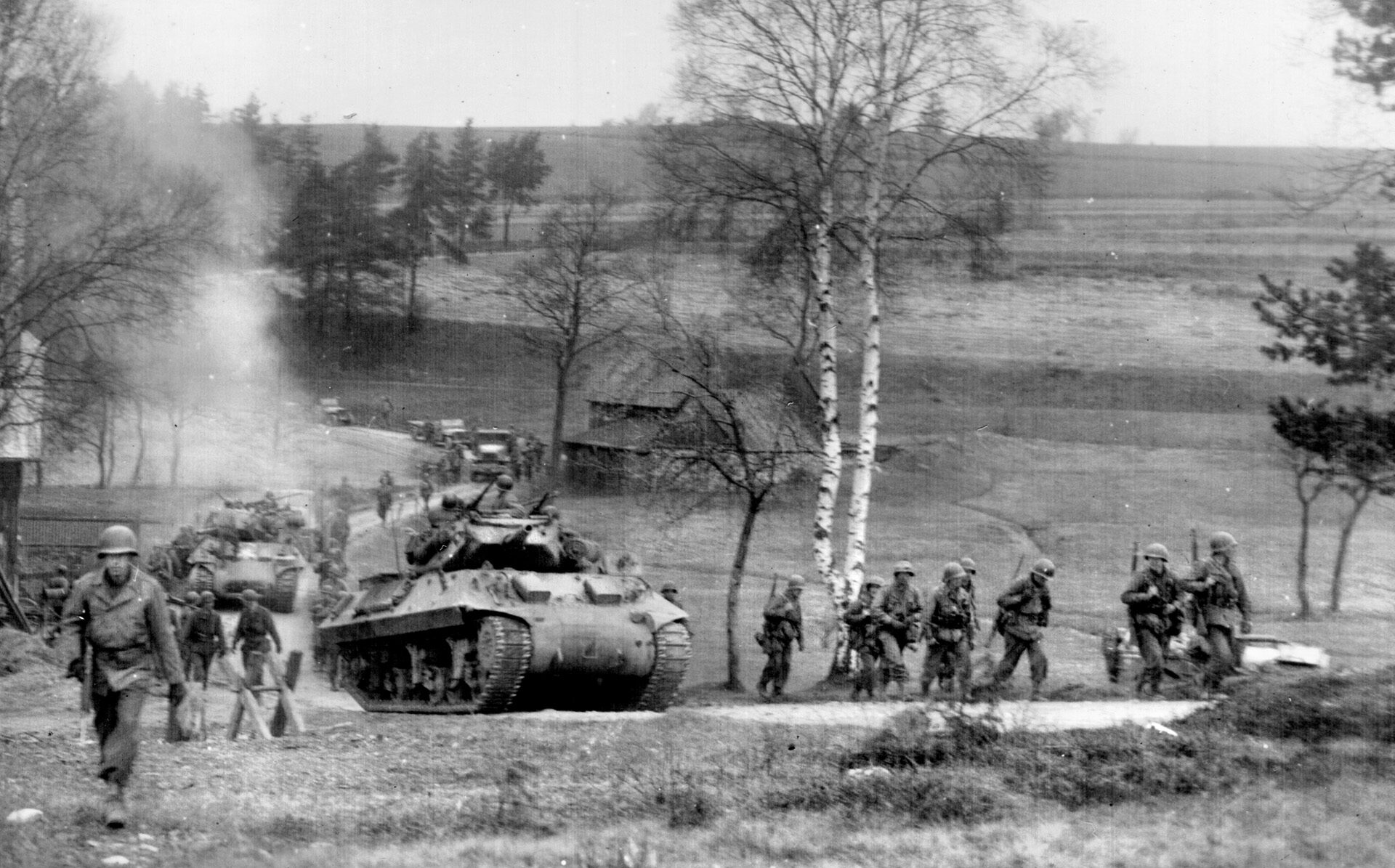
It was as the above equipped organization that the 782nd went to war as an independent tank battalion after spending months training in such places as Tennessee, Kentucky, California, and North Carolina. For example, the battalion participated in large-scale maneuvers in the Tennessee Training Area in the cold months from November 16, 1943 to January 25, 1944. It was not until Christmas Day 1944 that the 782nd reported to Camp Kilmer, New Jersey, in preparation for shipment—but without its tanks and equipment—to France aboard the SS Henry Gibbons.
Landing at Le Havre in France on January 16, 1945, the troops loaded on the famous French “40 and 8” rail cars designed to carry eight horses or 40 soldiers. Upon arrival at their first designation in country, they were to draw their tanks and other vehicles.
But the battalion would encounter tragedy the following day before they ever saw their equipement or faced the enemy. The troop train taking them to Valery-en-Caux, France, had problems with its brakes coming down a six-mile grade into the town. The train crashed into the brick station at St. Valery at an estimated 60 mph killing 51 enslisted men and three officers of the 782nd. Another five officers and 29 enlisted men were injured. Other units suffered losses as well, including the 553d Ambulance Company which had 32 killed and many wounded.
Before the 782nd could continue its assignment, an influx of replacement personnel were needed to get back its authorized strength of 39 officers, three warrant officers, and 699 enlisted soldiers.
The survivors of the train disaster moved into facilities and homes in the town of Goderville near Le Havre on February 5. There the 782nd began receiving and training replacements for those men lost in the wreck as well as receiving its assigned allotment of tanks, support vehicles, and other equipment.
The rebuilding of the battalion was not something done overnight. Challenges involved assigning both tank crew members and specialists, such as turret and track mechanics. Replacing lost personnel meant having to train new unit members or retrain them as tankers if they had previously been in another branch of the Army.
Building a new effective tank crew also took time since the relationship among the members was tight in a confined space requiring good inter-personal coordination.
Trained replacements for armored units at the beginning of 1945 were not easy to come by. While some former battalion members who had recovered from injuries suffered in the train wreck returned to fill positions, it was still necessary to draw on what was becoming a greatly reduced pool of available manpower to meet required needs. Many of these meny had to be trained as well as integrated into the unit.
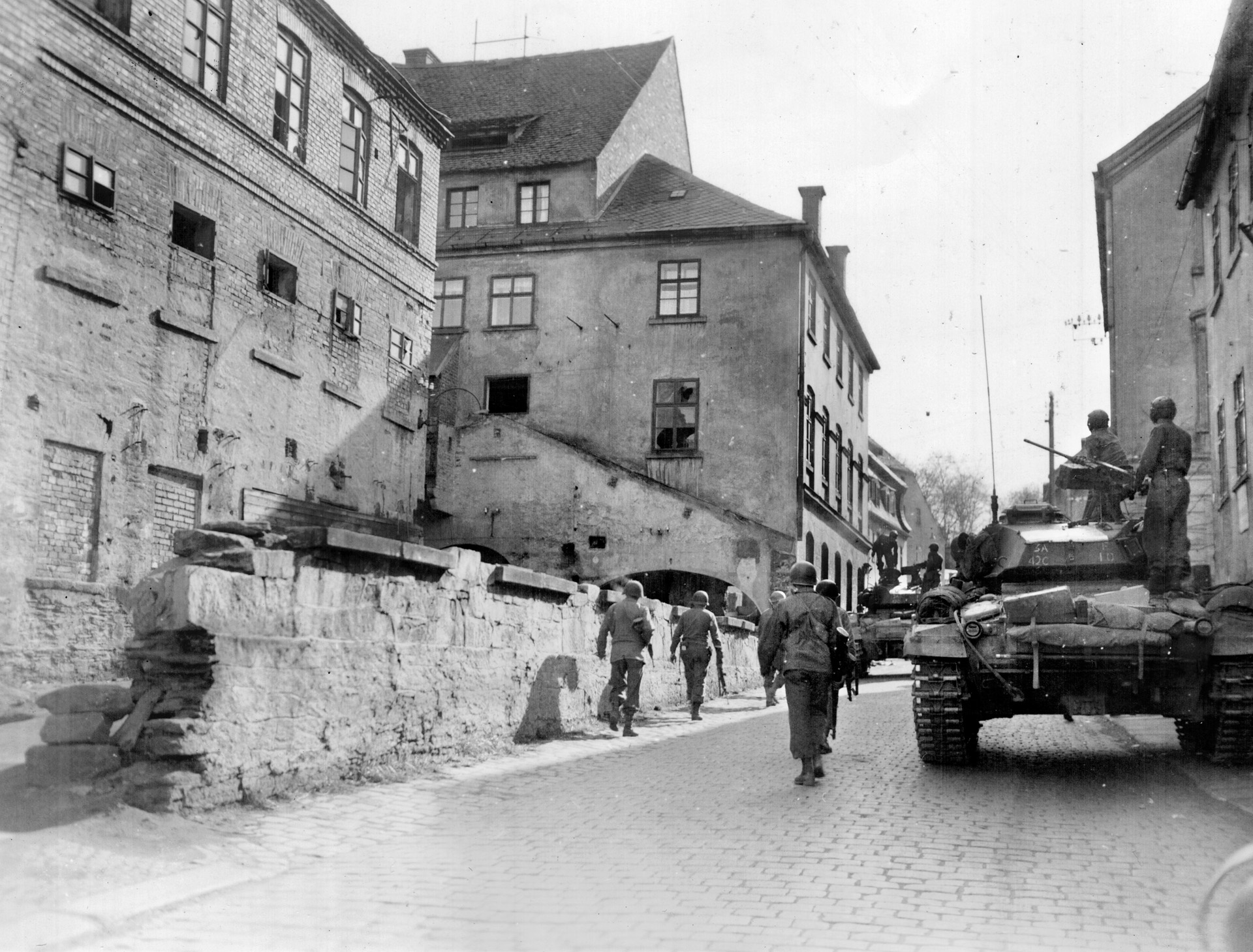
This activity lasted until April 7, 1945, when the battalion was ordered to an assembly area in Mechernich, Germany, before being assigned to combat.
Over the route of some 357 miles through Belgium and Aachen on the German border, another challenge presented itself. Traveling long distances by road for armored units meant extreme wear and tear on their tracked vehicles. Track pads attached to steel track section, for example, had to frequently be replaced. At the same time, the battalion’s organic maintenance element had to carry a large number of extra spare parts to replace those most frequently in need of repair.
Tank battalions in armored divisions had specialized maintenance companies to provide needed track vehicle oriented services. Infantry divisions to which independent tank battalions were attached, on the other hand, had only wheeled vehicles so did not have specialists such as track or turret mechanics.
Because the 782nd had no immediate higher maintenance support echelon to look to, it had to be vigilant with care of its vehicles. As an independent tank battalion, it also had to look outside the organization for extensive repair of more detailed and complicated vehicle components.
Mild weather and adequate road conditions favored the trek which, under other circumstances, would have been best made by railroad. Fortunately, there were minimum maintenance difficulties with the vehicles, which saved time and effort. It therefore spoke well for the battalion that in spite of the distance it arrived at its designation in good shape, ready to be committed to battle.
On arrival in the assembly area the battalion received word it would be attached to the 97th Infantry Division, which was new to the theater of operations and about to see its first action. It, like other American infantry divisions in World War II, had no tank battalions specifically assigned to it. That is, like tank-destroyer and anti-aircraft battalions, the basic infantry division force structure, according to doctrine, was to receive such units on an “as needed” basis, not to be an organic part of the division. Thus they were considered only attached to the division.
As it turned out, however, the distinction between attachment and assignment quickly became moot as those types of units were constantly needed by the division and as a result habitually worked with the same division throughout most of the war.
Still awaiting orders in Mechernich, the battalion suffered more losses before ever seeing combat. On April 12, while searching for mines, 2nd Lt. David Johnson, Sergeant Otto Schlottman Jr., and Pfc. Jesse Smith died when a soldier tripped a nearby mine which exploded, killing them. They were the only “Killed in Action” battalion personnel during the war.
On April 18, the battalion received it’s orders to join the 97th Infantry Division of Patton’s Third Army as it travelled across Germany to the front. Again, maintenance would be the biggest challenge as the tanks and other vehicles drove in cool weather more than 329 miles on roads, many in poor condition, across the Rhine River through Alsfeld, Fulda, Sonnenburg, Kronach, and Hof to Ober Kotzau in the vicinity of Wunsiedel on the Czech-German border.
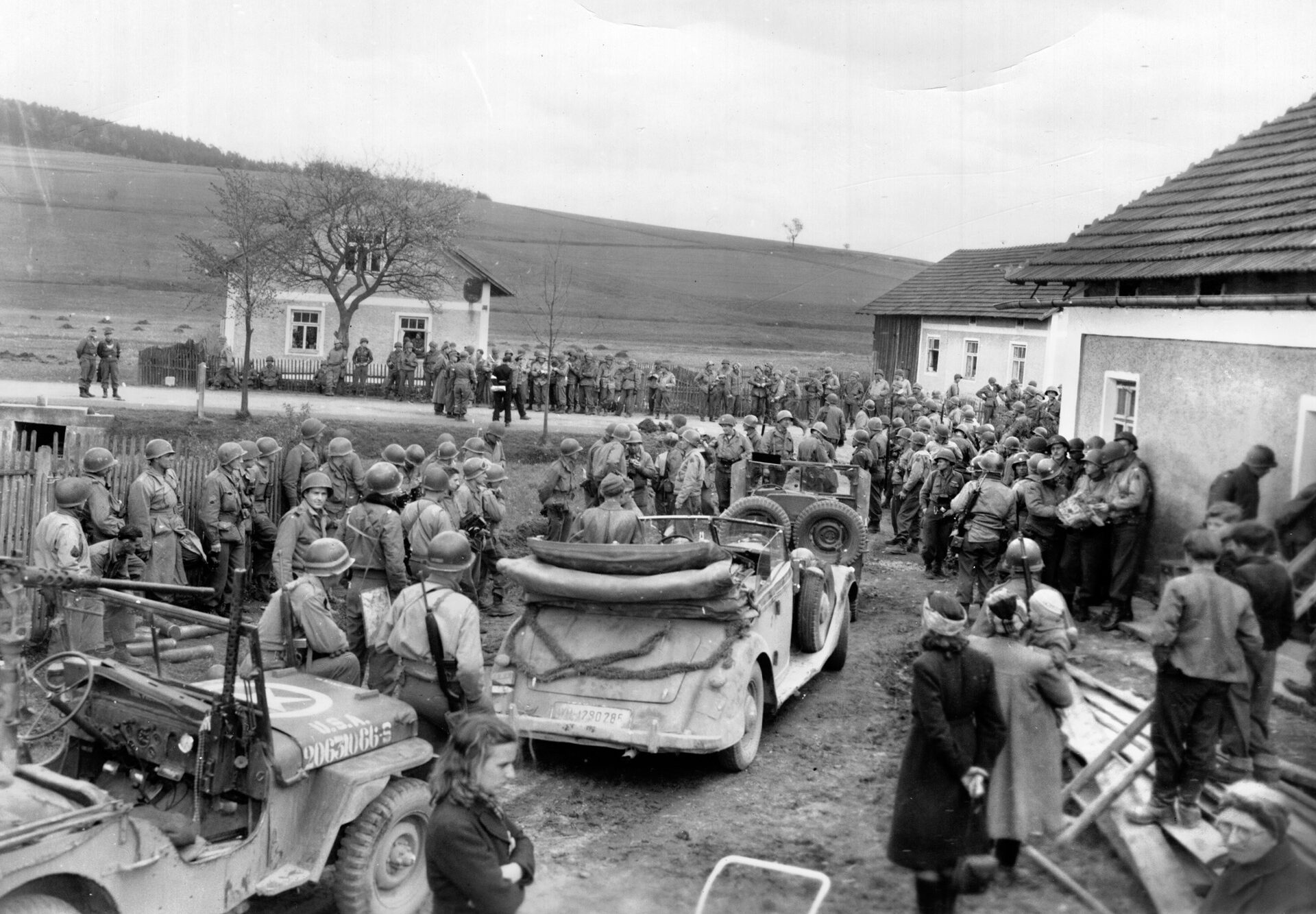
Upon arrival, according to division standard operating procedure for the tank battalion, individual tank companies were attached to each of the infantry regiments. On April 23, while in an assembly area, “B” Company was attached to the division’s 386th Infantry Regiment on a routine basis for combat operations but depended on the tank battalion for its logistic and administrative support.
The tank company then often had one of its three tank platoons attached to one of the regiment’s three rifle battalions. The five tanks of the platoon would habitually operate with one of the infantry battalion’s companies.
It was fortunate for the battalion that the war in Europe was fast coming to an end. There was little time to establish the needed bonding between elements of the two combatant organizations, which led to success in battle. Infantry divisions that had long-standing associations with the same independent tank battalion during combat operations took on the complexion of being an integral part of the division.
Having received its attachment orders for the 782nd’s headquarters, “B” company moved on April 24 from Wunsiedel to Artzberg close to the Czech border, where it prepared to go into action with the 2nd Battalion of the 386th.
The 1st Platoon of “B” Company was attached to the rifle battalion’s “E” Company with orders to attack the next day to seize the Czech city of Cheb, close to the border. Its start point was the town of Schirnding in Germany, and it was to advance through a number of small German hamlets to its objective.
The attack was successfully concluded by 10 p.m. of April 25, but not without loss. The platoon leader’s tank was disabled by a Panzerfaust, the German anti-tank rocket, and 2nd Lt. Alexander W. Allport and Corporal John Henry went missing in action, presumed to be captured. The other three tank crew members were injured and evacuated. The tank, the only one in the war to be lost to enemy action, was later recovered and repaired.
After its action around Cheb, the 1st Platoon remained in position there until May 3, when it was dispatched south to the German town of Vohenstraus. Then on May 6, it moved with the rest of the company to the vicinity of Vseruby on the German-Czech border.
Just two days prior to “B” Company’s arrival at Vseruby, the elite German 11th Panzer (“Ghost”) Division had surrendered to the commander of the American 359th Infantry Regiment of the 90th Infantry Division, Colonel Raymond E. Bell (the author’s father). “B” Company took part in the disarmament of the German panzer division.
While the 1st Platoon had been in action near Cheb on April 25, the company’s 2nd Platoon had remained under “B” Company’s control. Held in reserve, it was not until May 1 that it was attached to the 386th’s 2nd Battalion at the Czech town of Rozvadov.
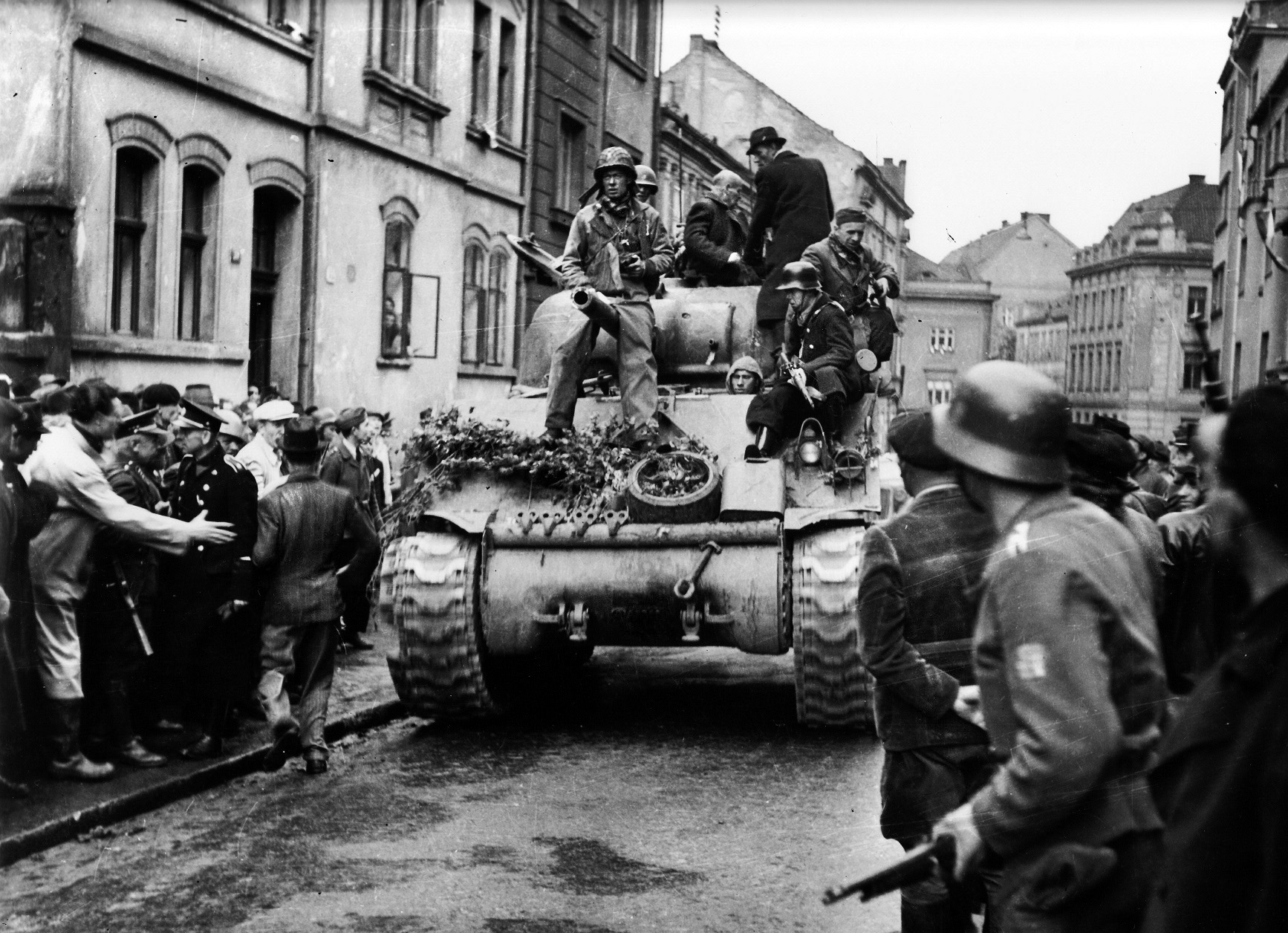
On May 2, having replaced the tank company’s 1st Platoon, the 2nd Platoon moved out with the infantry “E” Company for an attack to seize the Czech town of Hostke. En route to the objective, the tanks encountered soft and spongy ground, which forced the tanks to stay on the road, although when not wet, the rolling terrain was considered good “tank country.” The attack yielded 36 German prisoners with no losses to the Americans.
The 2nd Platoon then moved to the Czech town of Labut through which it had advanced on Hostke. It remained there until May 5 when it was attached to the infantry “B” Company of the 386th’s 1st Battalion. On that day it was ordered to accompany the foot soldiers on an advance through several small Czech hamlets, liberating them as they went.
They finished the mission in the town of Damnov after encountering the same terrain conditions they had on May 2. The ground was too soft and unfavorable to support tanks, and when woods were encountered, they posed a challenge to passing through them. On May 6 the tank platoon rejoined its company headquarters at Vseruby.
While the 1st and 2nd tank platoons were engaged as described, the 3rd platoon was attached to the 1st Battalion of the 386th Infantry on April 25 in the German town of Silberbach. The platoon was further attached to Company “A” of the battalion and advanced against light resistance to liberate a number of Czech hamlets.
By 8:30 that evening the infantry and tanks had reached their objective and established a series of roadblocks in the neighborhood of Selb and Ash in Czechoslovakia. They manned the roadblocks from April 26 to 28. During the last two days in April the platoon went into an assembly area at Selb in preparation for a move to Vohenstraus in Germany.
On May 1, after arriving at Vohenstraus, the platoon was ordered back into Czechoslovakia and to the town of Neudorf where it was reattached to the 386th’s 1st Battalion. The next day the 3rd Platoon rejoined the battalion’s Company “A” where it was placed on the front line before the Czech town of Schoenwald.
On May 3 the infantry and tanks were ordered to liberate the town of Tachov, which they did by 5:30 p.m. The platoon was billeted there for the next couple of days.
Then, on May 5, with infantry Company “A,” the platoon advanced to the Czech town of Stribo, liberating a number of hamlets en route. The weather was rainy with poor visibility but there was hardly any resistance. On May 6 it was reunited with the other platoons and tank Company “B” at Vseruby; the company then moved on to the town of Halze, where it remained until hostilities ended on May 9.
The attachment of the tank platoons down to the lowest echelon of infantry units made for a combined-arms team with the tanks and infantry mutually supporting each other. The foot soldier envied the relative comfort of the tank but preferred not being an obvious target of German anti-tank weapons. He also felt safer while accompanying tanks because of his “big brother’s” heavier firepower.
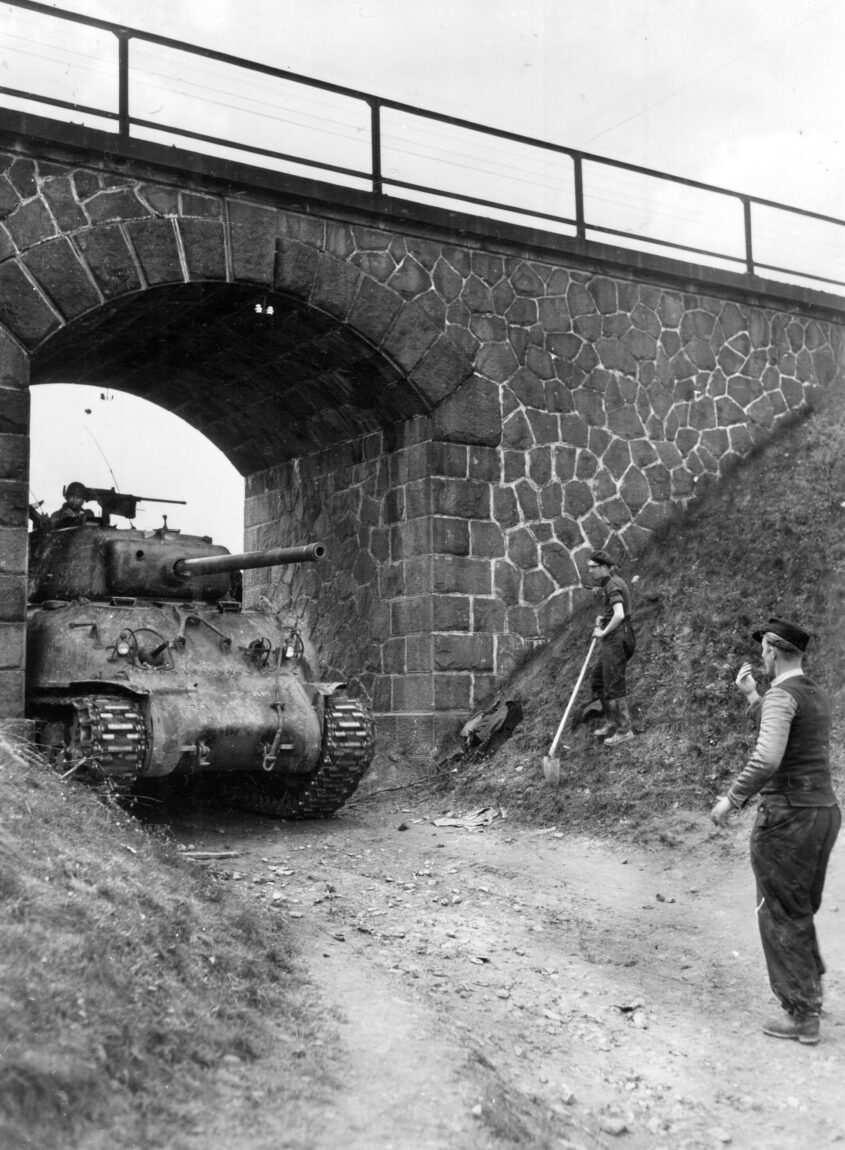
The tanker, on the other hand, appreciated the infantry support because they were his eyes and ears and were able to respond to threats he could not see while “buttoned up.” The tanker was also grateful to be in an enclosed environment and out of the rain, snow, and mud but fully understood the danger of being in a moving “iron coffin.”
Many German panzers employed in the last years of the war were armed with the powerful 88mm gun and could make short work of an M4 Sherman. The German tanks also were heavily armored in front, which meant that to destroy or incapacitate one, the M4 had to get on the foe’s flank or rear to knock it out.
The 782nd suffered few battle casualties, in both men and vehicles. The final after-action report placed the battalion in the Czech Sudetenland from April 25 to May 8, where it engaged elements of the German 2nd Panzer Division and reserve German units.
It encountered mined roads, rocket-launched projectiles, automatic weapons, and infantry small arms, but lost only one tank and five men in the combat zone. It also took over 1,000 prisoners and captured a number of enemy hospitals.
Two men received the Bronze Star for Valor. Lieutenant Morris Moore from Company “A” earned it for actions involved in clearing German towns on May 2 and 3, while Sergeant Leo Horn was awarded the medal for his action in preventing the ambush of following tanks when, badly burned, he dismounted from his own tank to inform the others.
The 782nd remained in Czechoslovakia near the town of Domazlice until June 16, when it was ordered to Camp Twenty Grand in France in the vicinity of Le Havre for movement back to the United States.
It left its tanks behind and embarked on June 30 for home but with the knowledge that they were to be part of the massive task force scheduled to invade Japan later that summer. Upon arrival in the United States, the men were given a month’s leave and ordered thereafter to report to Fort Bragg, North Carolina, for redeployment to the West Coast.
The move never came as the war with Japan ended and orders for movement west were cancelled. The battalion steadily lost its soldiers in the autumn and early winter of 1946. On February 25, the 782nd was inactivated at Fort Bragg.
As a unit the battalion was awarded the campaign streamer for Central Europe. Although not engaged in combat for a long time, the battalion members proved to be outstanding tankers who never failed to accomplish their assigned missions. They served with great pride.
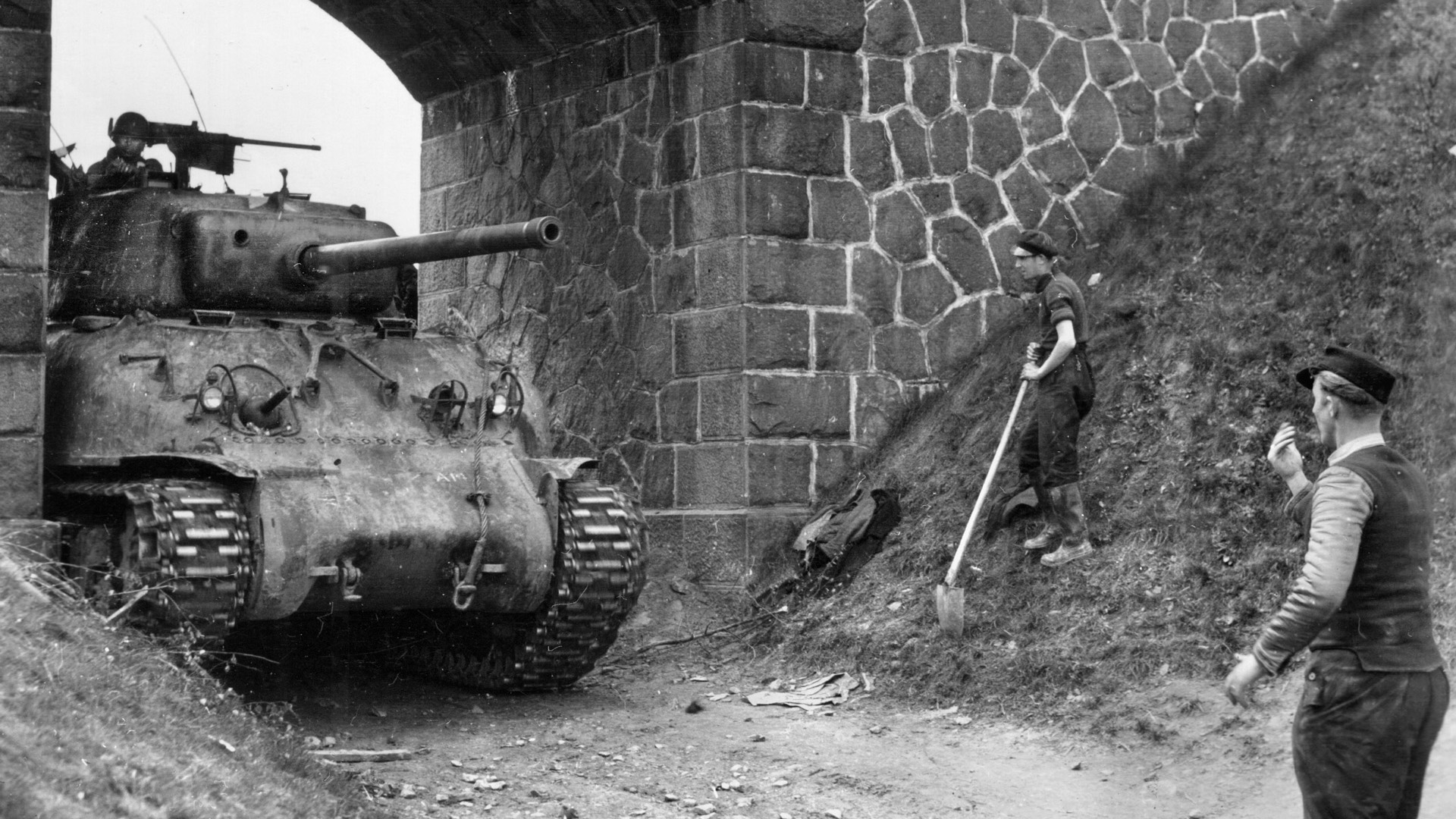
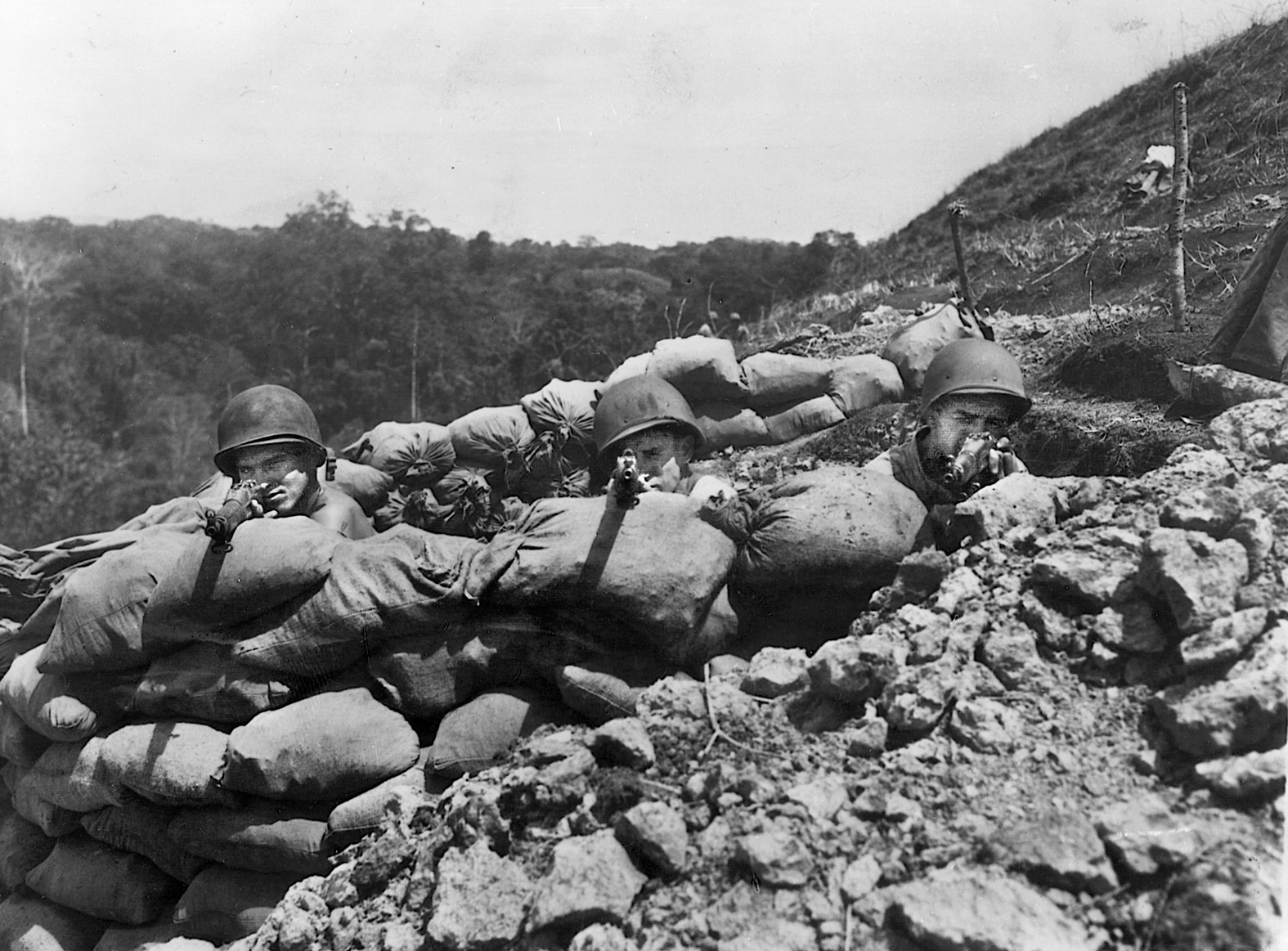
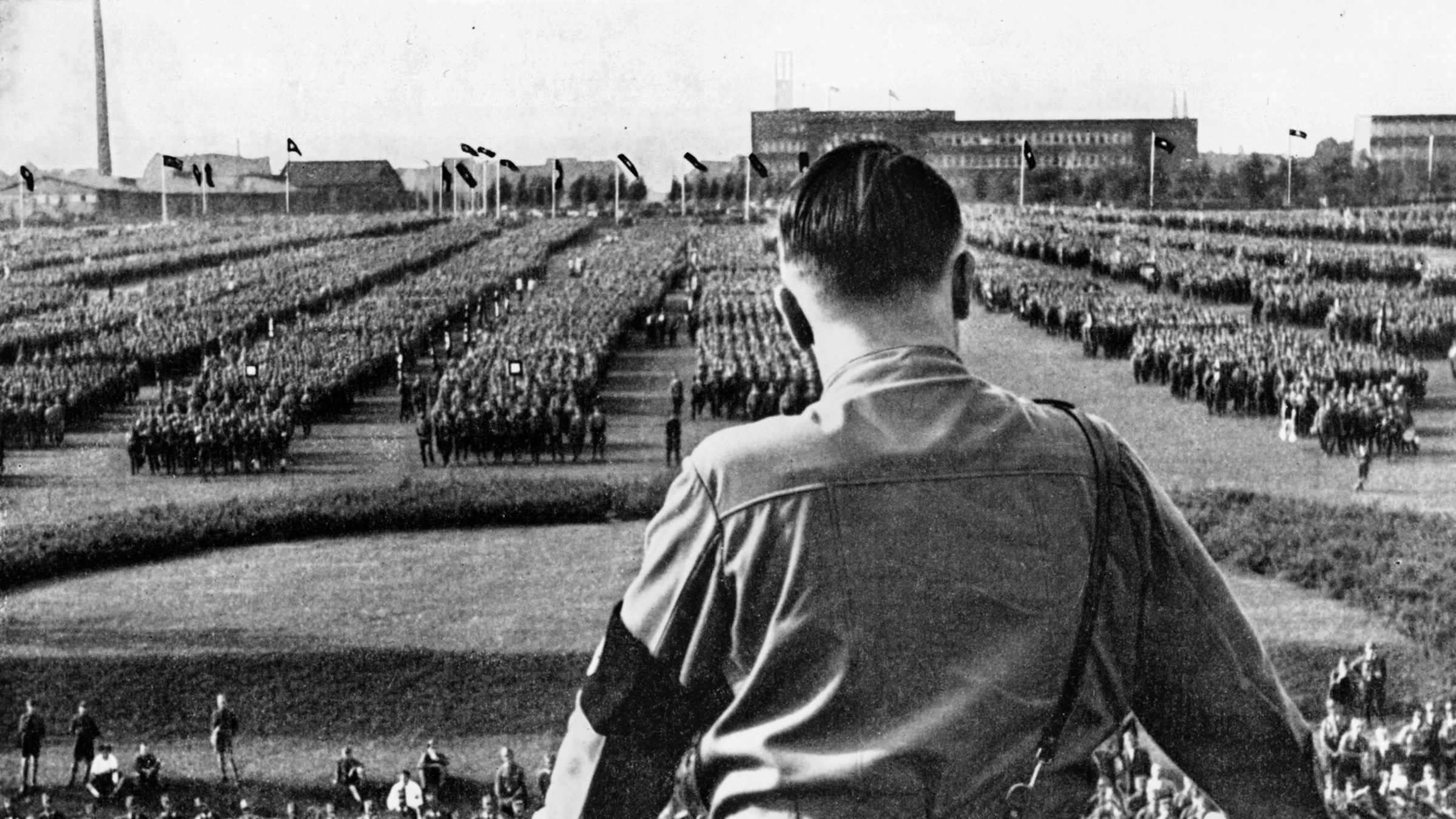
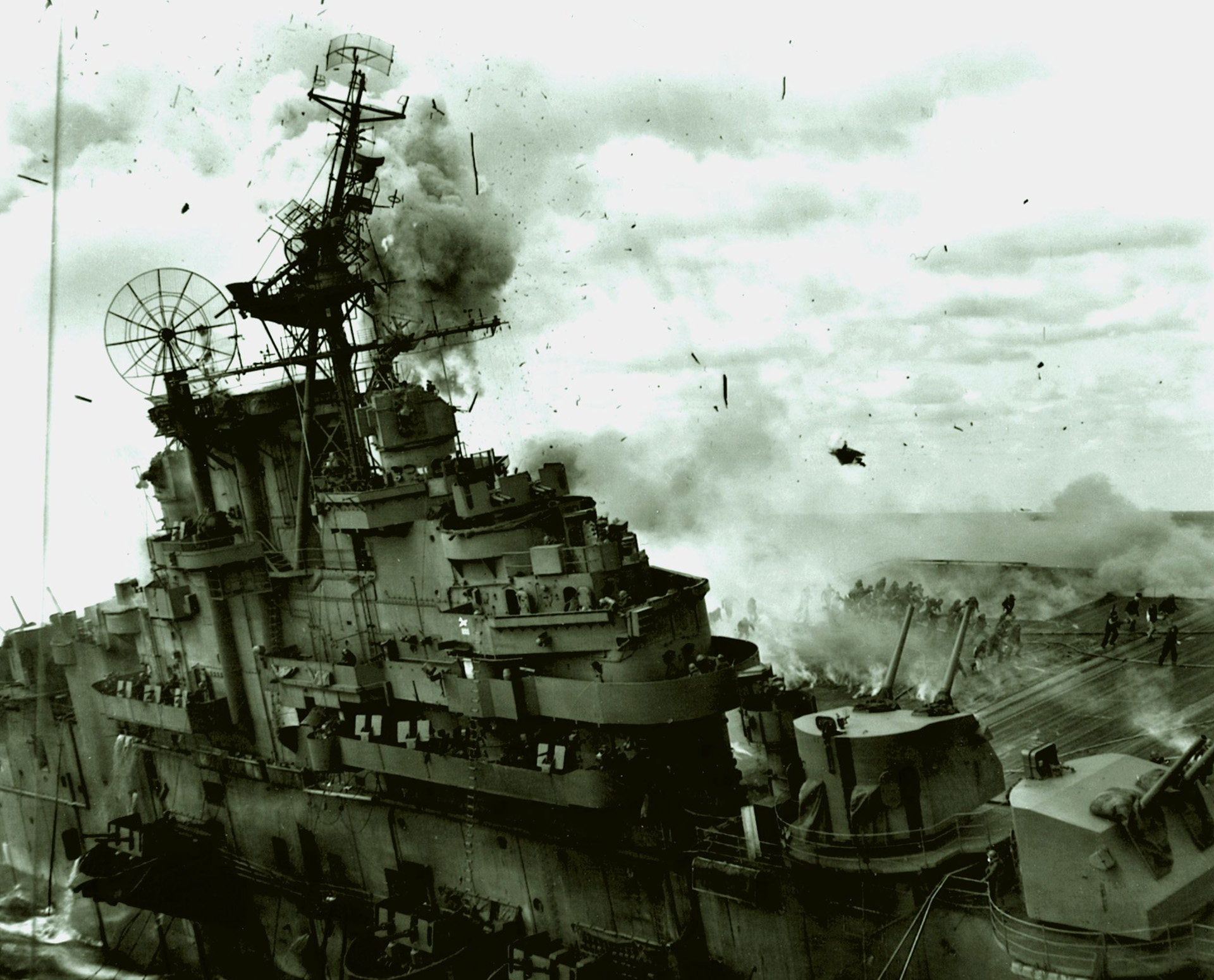
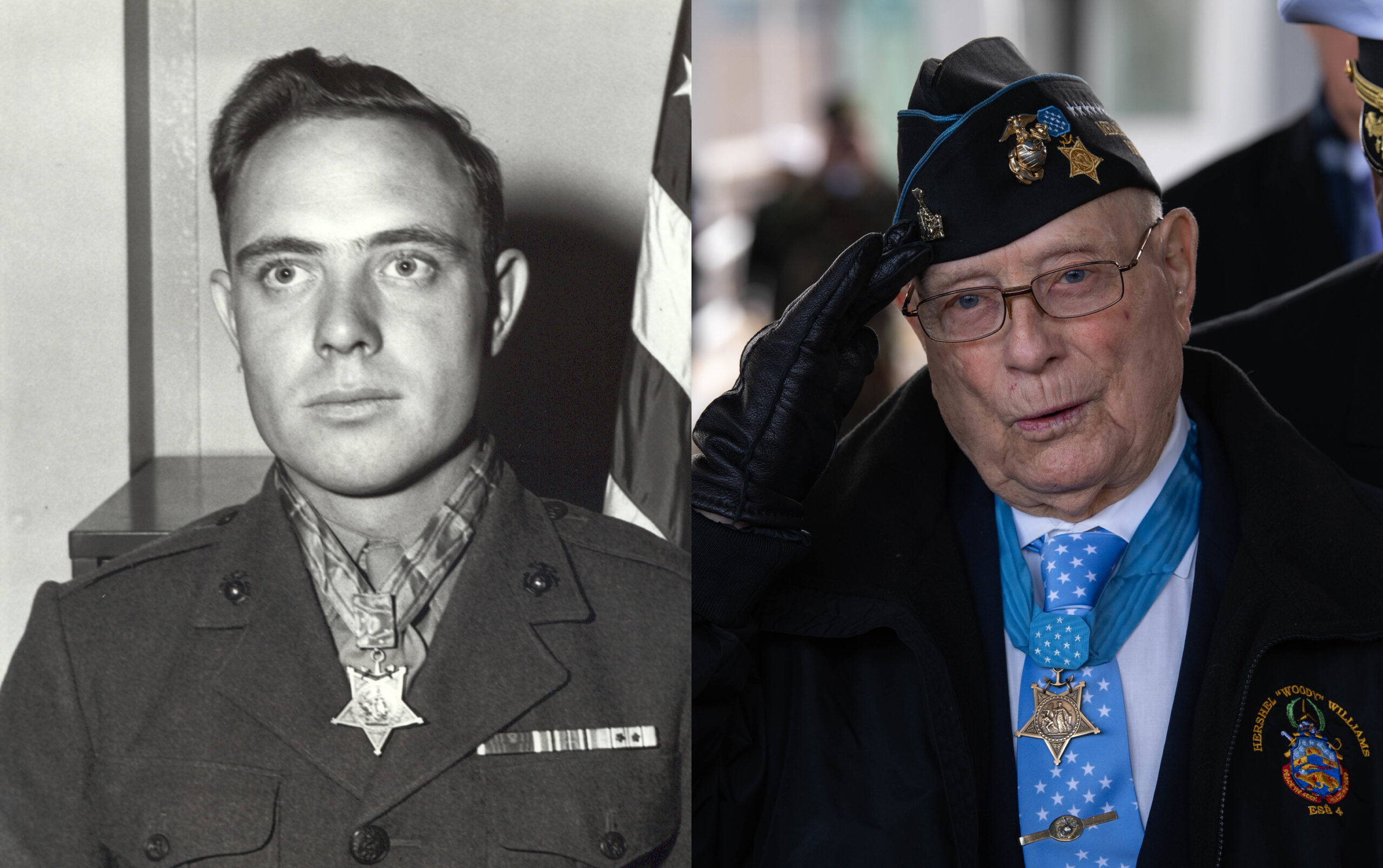
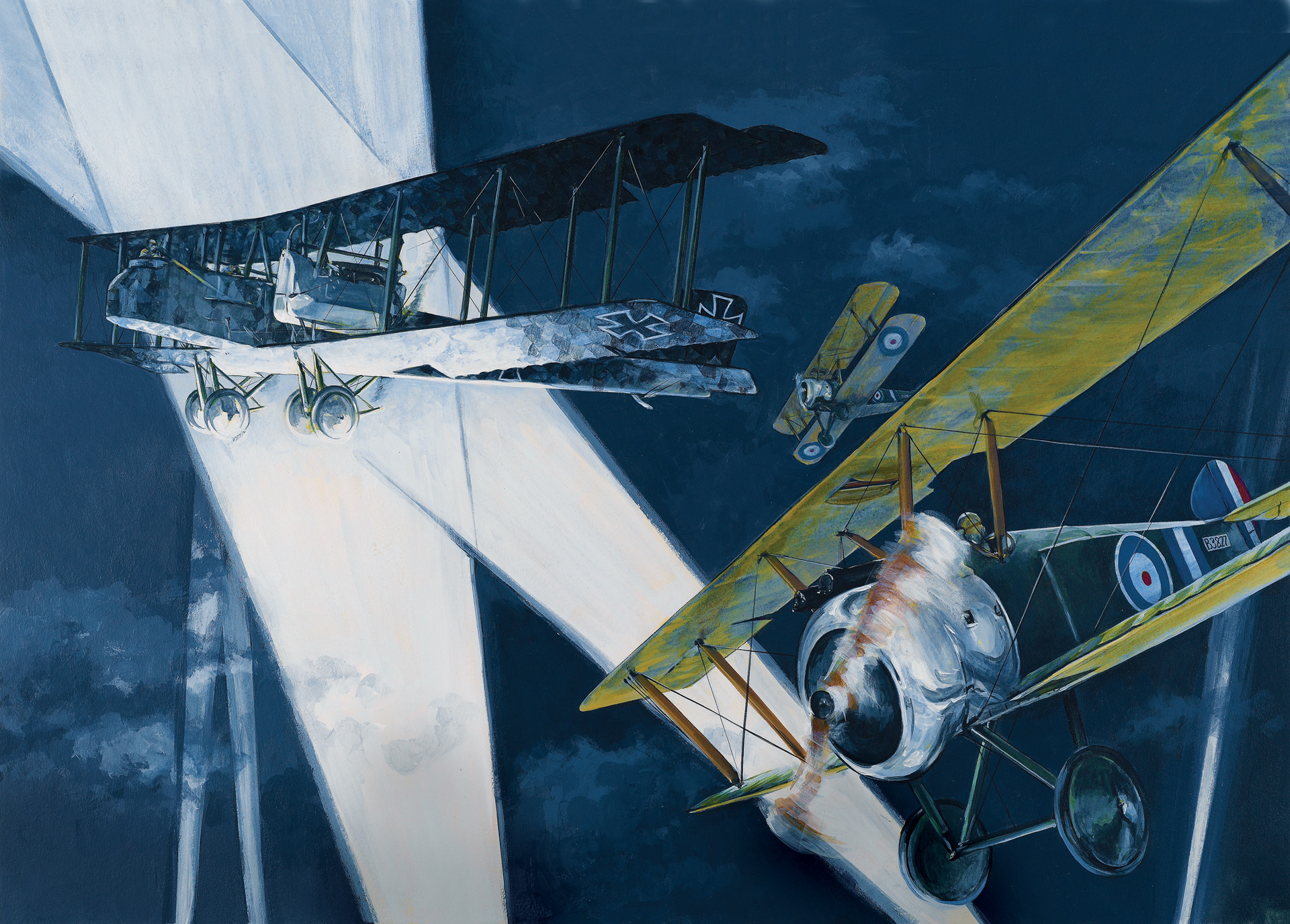


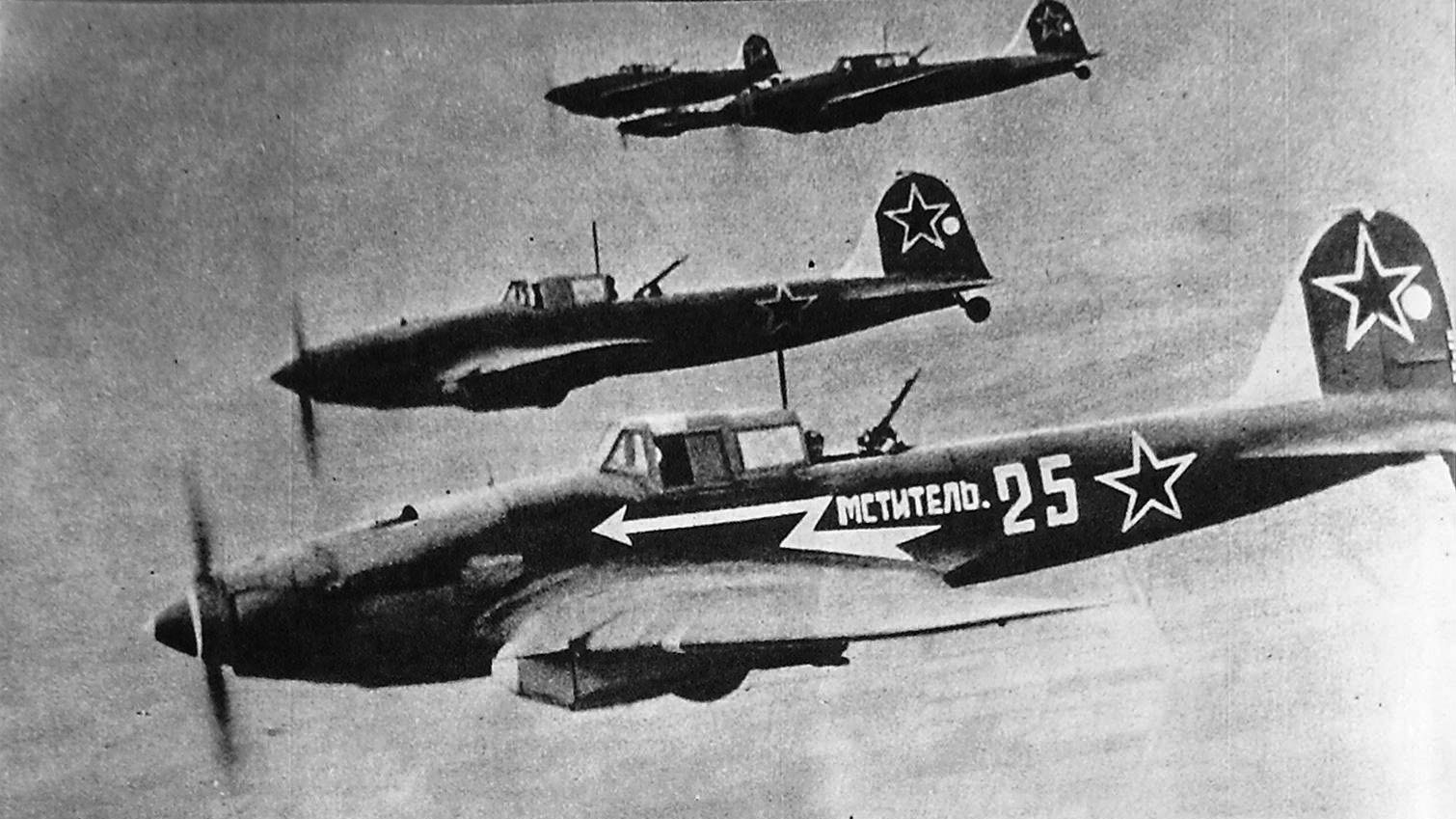
Join The Conversation
Comments
View All Comments